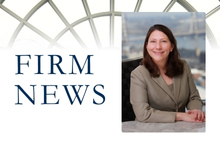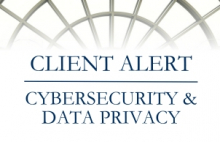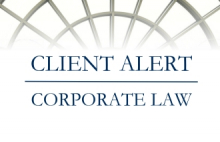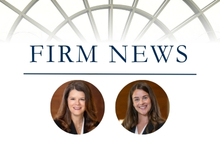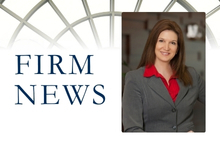SEC Proposes Amendments to Rule 10b5-1 under the Securities Exchange Act of 1934
December 17, 2021On December 15, 2021, the Securities and Exchange Commission (SEC) proposed amendments to Rule 10b5-1 under the Securities Exchange Act of 1934, which provides an affirmative defense to insider trading for individuals who regularly have access to material nonpublic information, such as directors and officers, as well as issuers themselves.
According to the SEC’s proposing release and press release, the proposed amendments are intended to strengthen investor confidence in the market by addressing gaps in the SEC’s current insider trading framework to allow shareholders to understand when and how insiders are trading in securities for which they may have material nonpublic information.
The proposed amendments would limit the availability of the affirmative defense under Rule 10b5-1 by:
- imposing a minimum 120-day cooling-off period after the adoption or modification of a Rule 10b5-1 trading arrangement before any purchases or sales are made under the new or modified arrangement;
- imposing a minimum 30-day cooling-off period after the adoption or modification of any Rule 10b5-1 trading arrangement by an issuer before any purchases or sales are made under the new or modified arrangement;
- eliminating the affirmative defense for any trades by a trader who has established multiple overlapping trading arrangements for open market purchases or sales of the same class of securities;
- eliminating the affirmative defense for any trades made pursuant to a plan designed to execute only a single trade by a trader who previously purchased or sold securities under a single trade plan within a 12-month period; and
- requiring 10b5-1 arrangements be “operated” in good faith.
Additionally, the proposed amendments would create the following new disclosure requirements:
- disclosure under Regulation S-K and corresponding amendments to Forms 10-Q and 10-K of the use of Rule 10b5-1 trading arrangements by an issuer and its directors or officers for the trading of the issuer’s securities;
- disclosure under Regulation S-K and corresponding amendments to Forms 10-Q and 10-K of registrant’s insider trading policies and procedures;
- disclosure by checkbox on Forms 4 and 5 identifying sales or purchases made pursuant to a Rule 10b5-1 trading arrangement;
- optional disclosure by checkbox on Forms 4 and 5 identifying transactions made pursuant to pre-planned contracts or written plans that are not intended to satisfy the requirements of a Rule 10b5-1 trading arrangement;
- tabular disclosure under Regulation S-K of any option granted within 14 calendar days of the release of material nonpublic information and the market price of the underlying securities on the trading day before and after the release of such information; and
- disclosure on Form 4 of gifts of securities that were previously permitted to be reported on Form 5.
If you have any questions, please contact Len Essig, Cassidy Kolaz or one of our securities attorneys.
